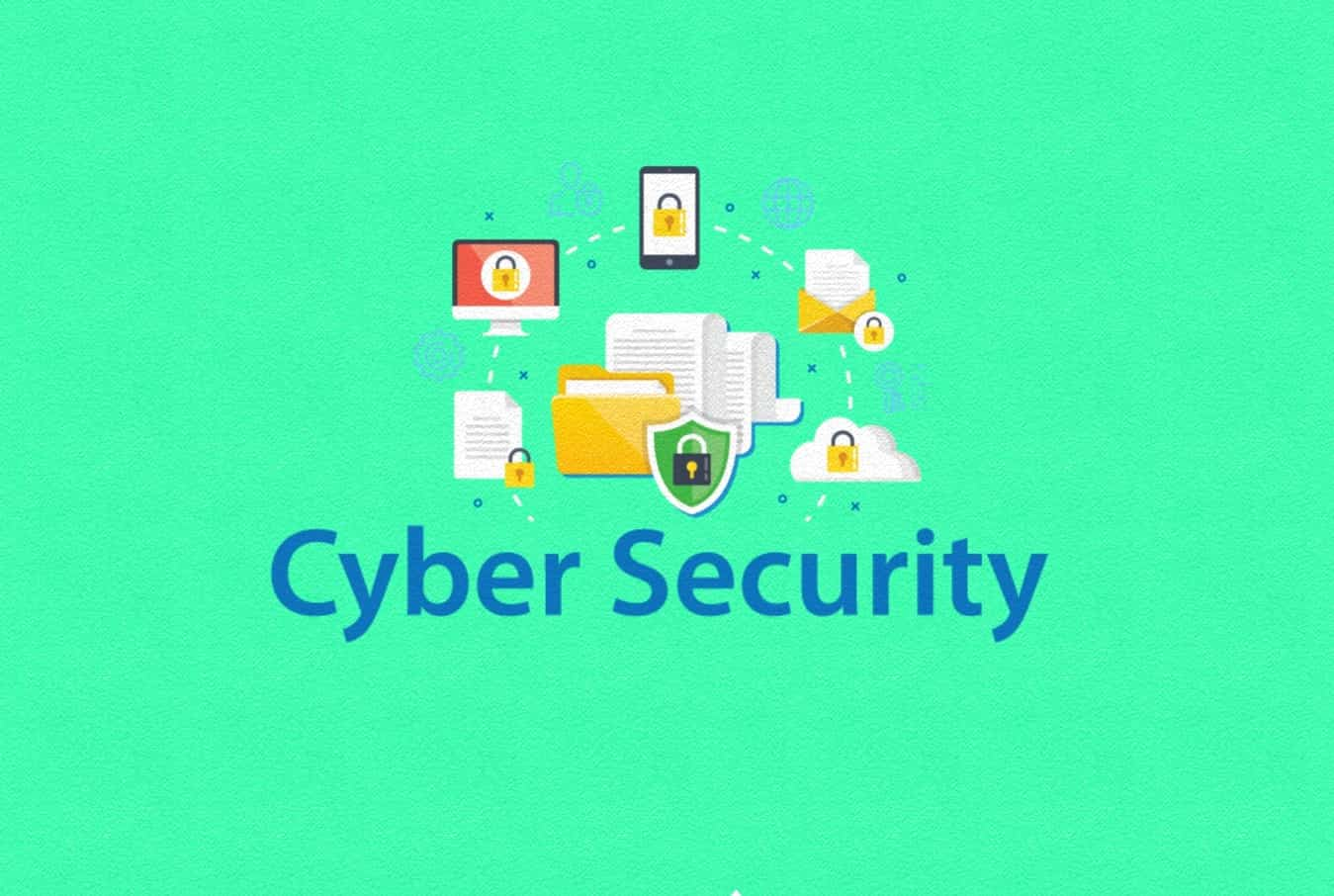Businesses across the United States are using web scraping, or web data collection, infrastructure as a first line of defense against potential cybersecurity threats and fraud.
Security teams use web data to achieve real-time visibility over the public domain, where digital fraud and risks mainly occur, and test their networks against vulnerabilities that may appear online.
Security in a Sandbox
At the forefront, web data helps security teams understand online risks by providing them an early indication and, with that, the ability to monitor and assess threats in real-time.
Security specialists use web scraping to research these different threat scenarios in a risk-free environment, which helps them discover how to prevent digital risks from affecting their organization’s internal infrastructure.
This includes identifying possible malware, suspicious or repetitive actions targeting the network, testing incident response capabilities, or the organization’s ability to detect and prevent real-time threats or intrusions.
Omri Orgad, Managing Director of North America at Bright Data, says:
“It is no longer a question as to whether your organization will be exposed to such threats, it is more a question of timing. And to be prepared to meet the challenge posed by these threats, security teams need to use web data networks to be able to better anticipate them and achieve real-time visibility across the cybersecurity landscape.”
Mapping out the Internet
Many US organizations, which “bad actors” often see as prime targets with deep pockets, use web platforms’ infrastructure to essentially map out the internet to search for potential threats and assess the risk of certain domains or links.
To accomplish this, these security teams route requests through such networks to target potentially malicious websites or URLs.
The requests then return information or public web data. That web data provides details on how the domain reacted to the request, which then allows the security teams to assess the threat and take proper action to mitigate it before it ever affects them internally.
The reason the requests are routed through the web infrastructure is to further safeguard the organization’s internal systems during testing. These networks provide a safety net for security teams to be able to test their systems against digital threats in the public domain. This can be done without sacrificing the integrity of their organizational infrastructure due to the way the requests are routed – away from their systems.
This essentially provides a firewall, opening one-way access to information, which helps security teams identify and mitigate threats before they even happen, without the risk.
Scraping for Malware and Phishing Schemes Targeting US Banks
The security departments of some of the leading US banks use web scraping tools and methods to gather information about possible online threat actors, check for potential phishing links, and examine malware in a safe setting.
These teams use scraping techniques to continually scan the public domain to discover any vulnerabilities that may be located within potentially malicious websites or links, in real-time.
Once identified, the security teams then route a request to the suspicious URL, using the web network infrastructure to gather information and assess the risk of threat.
This allows them to automatically identify different phishing sites that attempt to steal sensitive client or company information, such as usernames, passwords, and credit card information.
From here, let’s say when an email comes into the organization’s network or a website is approached, the security team already knows the risk parameters attached to it and can flag the website internally for security reasons if need be.
Web Scraping for Cybersecurity Firms
Several US cybersecurity firms use web scraping to assess the risk of different domains for malware and fraud.
What the firms will do is generate or purchase lists of potentially malicious domains, and then route DNS (Domain Name System) requests to each of these links, servers, or websites, to see how they react to the request in real time.
What provides the edge for these teams, however, is that web scraping networks give the cybersecurity firms the ability to approach possibly malicious websites as a “victim,” or a real user, and see how the website would target an unsuspecting visitor.
This is particularly useful in the security sector, as many malicious websites are now attempting to block or flag requests coming from known servers. This is done to cover up their illicit activities from these professionals.
Web scraping provides an outlet for these firms to essentially fly under the radar to assess the risk, without the threat actor on the other end even knowing.
Compliant Web Platforms for Security
When using a web platform, security professionals need to choose a compliance-driven service provider to safeguard the integrity of their organization’s operations.
Compliant networks provide security teams with a safe and suitable environment in which to perform their work. Doing so ensures that the integrity of the platform remains intact by excluding any potential bad actors that could compromise the network.
These providers deploy extensive compliance processes that incorporate several internal as well as external procedures and safeguards to identify those who want to misuse the network so that they never gain access to the platform.
This includes manual reviews and third-party audits that identify non-compliant patterns. This ensures that the use of the network follows overall compliance guidelines and abides by the data-gathering guidelines established by international regulators, such as the EU and the US state of California.
So, while every web platform may seem similar, it’s important for security professionals to look out for these key distinctions when choosing a provider. Doing so will help maintain the integrity of web data collection operations.
Key Takeaways
Overall, in the post-Covid-19 era, studies have shown that the potential for fraud has become more commonplace over the past few years, placing a target on the backs of many US enterprises.
US security teams have begun doing just that, by continuously mapping out the digital risks that are now increasingly prevalent.
In general, web scraping networks have helped turn this massively complex operation into a more manageable one by providing options to automate these multiple tasks for security teams – allowing them to target more web data sources and, in turn, increase the scope and sight of their cybersecurity focus.
After all, the aim is to ensure overall security. Access to reliable and real-time web data is the only way to fully catalog and understand the digital risks and security threats that can affect an organization at a moment’s notice.









